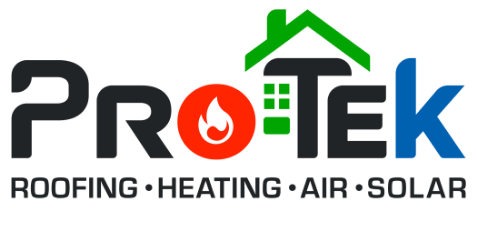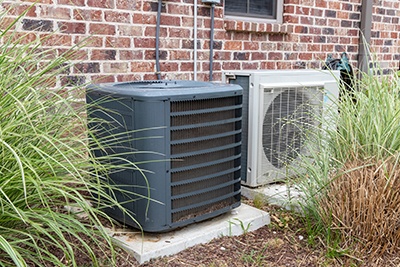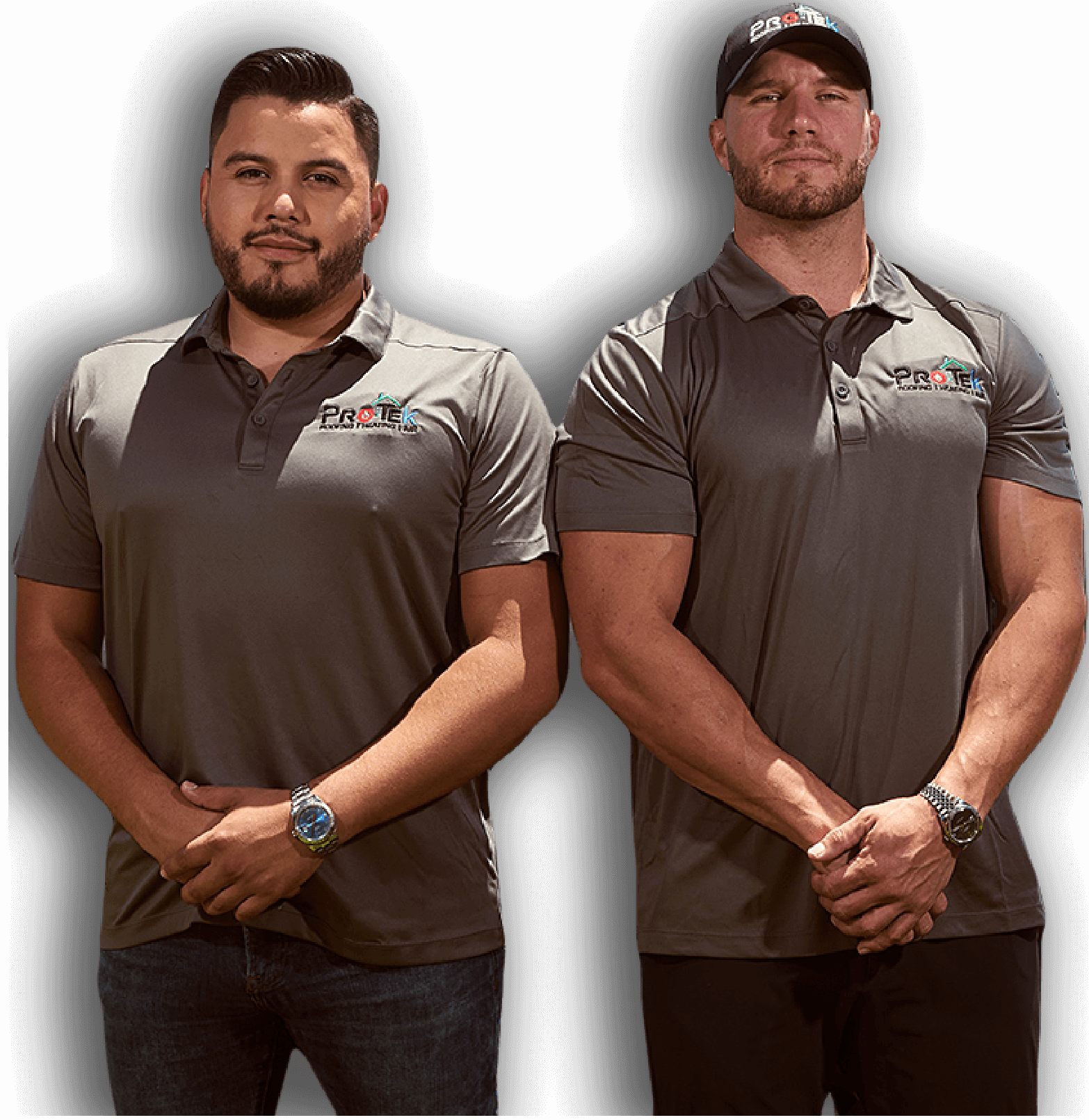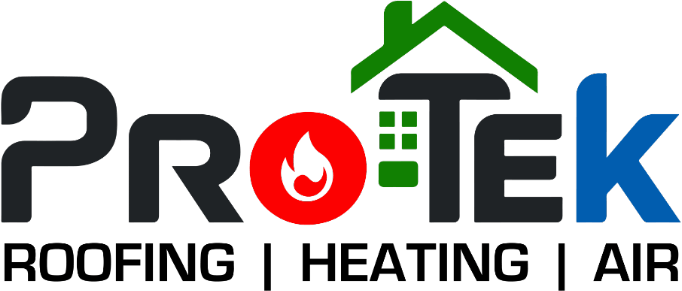Heat pumps are often seen as the workhorse of the HVAC industry. With a conventional HVAC setup, you have a furnace for the winter and an air conditioner for the summer, but heat pumps pull double duty. They provide both heating and cooling comfort year-round. More homeowners are turning to heat pumps as a cost-effective, energy-efficient, convenient way to keep their homes comfortable. One major question that homeowners have is, how long do heat pumps last?
Heat Pumps Are Long-Lasting
Like most appliances, heat pump technology has advanced tremendously over the past decade. People expected a heat pump to last about 15 years a decade ago. Now, modern units can endure for 25 years or more.
Design contributes significantly to the longevity of heat pumps. Newer models have fewer potential issues, making them more reliable.
Better-known manufacturers produce more expensive models that generally last longer than cheaper options from less experienced manufacturers. Within a manufacturer’s lineup, higher-tier heat pumps use superior materials, offer more features, and endure longer.
Compressors are often the reason heat pumps need replacement. The compressor raises the refrigerant’s temperature, facilitating heat transfer in winter. Being constantly in motion, the compressor undergoes the most wear and tear.
Homeowners face a choice when a heat pump fails. Should they replace the compressor or the entire unit? Near the end of its lifespan, replacing the entire unit is usually more cost-effective. Upgrading to a new unit offers benefits like increased efficiency.
Manufacturers typically provide warranties covering the initial years and part replacements. Installers also offer labor warranties to address any workmanship issues affecting the heat pump’s functionality.
What Is a Heat Pump?
A heat pump is an HVAC appliance that uses electricity to both heat and cool a building. This appliance functions by transferring heat from one location to another based on where it is needed.
During the winter, a heat pump can extract heat from the outside of the building and move it inside. During the summer, it provides cooling by moving the heat from the inside of a building to the outside.
Heat pumps use technology similar to that of an air conditioner. It heats and cools your home using refrigerant. When the heat pump is in heating mode, it works like an air conditioner in reverse. Instead of keeping the home or building cool, the refrigerant is used to warm the home.
How Heat Pumps Work
The heat pump sources heat from the air or ground outside. The heat is pushed over a heat exchanger surface to the interior part of the heat pump. The heat is sufficiently warm and causes the refrigerant liquid to turn into a gas. The gas is then moved to the compressor, which further increases the temperature of the refrigerant.
Now, the heated refrigerant gas gets pushed over an internal heat exchanger. This heat is then blown from the heat exchanger into the ductwork of the home. As the heat from the refrigerant is transferred into the home, the refrigerant drops in temperature, changing from a gas back to a liquid. The cycle repeats until the home reaches the required temperature on the thermostat. This procedure happens in reverse if the goal is to cool the home.
Even if the temperatures outside are very cold, there is still some heat energy in the air. Modern heat pumps are very effective at extracting this energy from the air or ground and using it to heat a home or business.
Different Types of Heat Pumps
The primary types of heat pumps used in residential settings are air-source and ground-source heat pumps. In colder climates, a heat pump could be paired with a gas furnace to reduce the expense of running the gas furnace.
An air source heat pump will pull heat from the air and then transfer it inside a building during the winter and outside of a building during the summer. Ground source heat pumps harness the heat from underground. They work better in cold climates because, at a certain depth, the temperature of the ground remains steady year-round.
Tips For Maintaining a Heat Pump
Heat pumps do not require as much maintenance as a gas furnace. However, they can only reach their maximum lifecycle if they receive regular maintenance.
It is recommended that a heat pump gets serviced by HVAC professionals at least one time each year. It’s usually best to schedule the inspection and maintenance during the fall before winter weather or during the spring before the hot summer.
During a heat pump inspection, your HVAC professional will look at the blower, filters, and indoor coil and remove any dirt, debris, or obstructions. They can change the filters and provide recommendations on the best air filters to use with your heat pump.
Next, they will look at the ductwork and check for leaks. Leaky or damaged ductwork is one of the primary reasons why heat pump owners experience cold spots or uneven heating in the home. At the same time, the technician will ensure that your heat pump is getting the right amount of airflow.
If the refrigerant levels in your heat pump are too low, it can affect the heat pump’s ability to transfer heat, lead to frozen coils, and otherwise damage the unit. Checking on and replacing refrigerant is not a do-it-yourself task. The refrigerant is under pressure, it is a dangerous liquid, and there are legal requirements that need to be met when handling refrigerant.
If there are refrigerant leaks, your technician will find them and repair them. They will replace any lost refrigerant.
The inspection includes looking at electrical terminals and, as needed, tightening and cleaning connections. They may even apply a protective, nonconductive coating.
The technician will evaluate the condition of the blower motors and look at the belts for tightness and wear and tear. If there is an issue with the electric control, they will identify it and repair it. Finally, they’ll check the condensing base pan and drain holes and remove debris. Throughout the process, the technician is ensuring that all the sensors are working properly.
Proactive Tips to Extend a Heat Pump Lifecycle
The number one thing homeowners can do is schedule routine maintenance checks. On their own, homeowners can ensure that there is no debris around the outside unit. They can talk to a technician about installing a programmable thermostat to keep a steady temperature.
At Protek Roofing, Heating, Air & Solar, we are proud to offer various services to meet our customers’ HVAC needs. We have a deep family history rooted in Tampa and understand the value of clear communication when providing our customers with the services they need. We offer fair pricing and quality work, and our staff is highly trained. We pride ourselves on being a customer-centric company where we put our valuable customers at the center of interest to ensure satisfaction and build a strong relationship.
Our services include HVAC installation, repair, and maintenance. We install solar panels and a variety of roof styles. We offer indoor air quality testing and enjoy working with our customers to make their homes a comfortable place to live. Contact Protek Roofing, Heating, Air & Solar today and see for yourself why we are Tampa’s HVAC and roofing company of choice.




